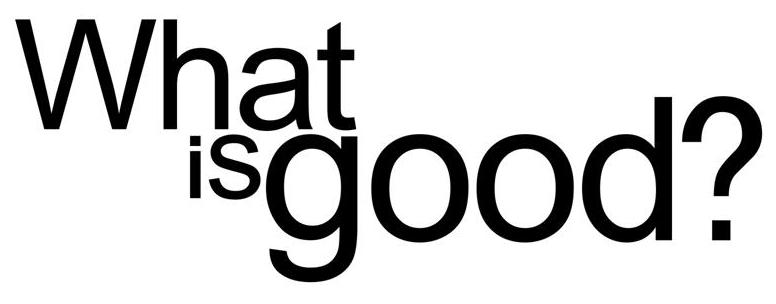Japanese Animation (sometimes called Japanimation) or Anime is a distinctive form of film making which has been increasingly more accepted in the western world in recent years. It probably originated at the beginning of the 20
th Century around the same time as Cinema hit
England and the
USA and was probably inspired by them.
Japan also has a notable film cinema industry that developed around the same time and is still around today.
The term ‘anime’ in Japan is literally just the Japanese word for animation and is synonymous for all animation in the world by definition.
Manga is another term for the style of Japanese animation but in England this is more specifically used to describe the Japanese comic books. These comics tend to be black and white and are read in the traditional Japanese way; Back to front and top to bottom.
There are some things which are pretty much expected with anime.
Usually male characters have big spiky hair. I don’t why this is, but they just do.
Characters usually have large eyes, small noses and mouths and their faces generally come to quite a point. They also have these really strange representations of emotion through really a-typical ways.
I found these pictures which show what I mean:
Angry Angry Angry again
Dead Confused Smile
Love Happy Still Angry
Scared Sad Sigh
I think the first feature length anime I ever watched was ‘Howl’s Moving Castle’ and it is still one of my favourites. I was really impressed by the magical kind of imagination that the directors and animators could project and the impressive realism through a completely unrealistic style and theme. It is really easy to sustain disbelief when watching the films despite the fact that they are clearly hand drawn. That says something about the production.
I had seen other Japanese animations before I watched Howl’s Moving Castle but they were more like action cartoons like ‘Dragonball’ and ‘Pokemon’ and never had the same kind of personality.
A Short History
The Japanese Anime style has definitely developed as a kind of symbol of Japanese culture and creativity but it started as a much more practical purpose.
Japan has never been a particularly wealthy country but it has always had some very creative and intelligent minds and some seriously hard workers.
As I said, When cinema was invented in the western world Japan were eager to get involved in their own cinema which they did, the problem of course being funding.
There were some companies that could afford to make films but funds were short and it was difficult to find a high budget.
This meant that there could be no kinds of special effects or pyrotechnics of any kind and more importantly no one could afford to hire European looking actors so Japanese film directors had some serious walls surrounding their creativity.
The answer was animation, in which a character can be drawn to represent any age, gender and ethnicity and the stylised look can create impressive special effects all on a very low budget.
The issue here of course was finding talented artists and hard workers which as I also said is not so much of a problem in
Japan.
So what started as a solution to a lack of money became an important industry which is still thriving today with independent anime production companies and bigger world cinema directing companies such as Studio Ghibli.
Studio Ghibli is probably the most successful and renowned Japanese animation company in the world. It is responsible for producing ‘Spirited Away’ which won the 2002 Oscar for Best Animated Feature and is still the only foreign film to have done so.
That sounds like a pretty big achievement to me.
The company was founded in June 1985 by Hayao Miyazaki and Iaso Takahata after the success of another of my favourite films ‘Nausicaa of the Valley of the Wind’ which was directed by Miyazaki. It was originally a manga comic which got turned into a feature length animation as had become the fashion for many comics.
Miyazaki has directed the majority of the Ghibli films.
The company is also known for its strong zero-tolerance stance on editing the films for international release (such as cutting so that scenes fit with the dubbed audio). This was because of the release of ‘Nausicaa of the Valley of the Wind’ in the US where the title was changed to ‘Warriors of the Wind’ and huge parts of the plot were edited in the typical American way and large sections of the film were completely cut. As such they now have a strong opinion about cutting.
The Co-Chairman of Miramax suggested editing the hit studio Ghibli film “Princess Mononoke” for the US market, to which Miyazaki replied by sending a genuine Katana samurai sword with a note attached.
The note simply read, “No cuts”.
Childish
One issue that is difficult for Japanese animations to overcome is the look of childishness. When people see animation they generally assume that it is for children and that it is a comedy. Looking at animation in this way is really naïve but it is understandable as most of us have grown up watching cartoons which are for children and are all light hearted. When we get older we generally move away from cartoon animation and start watching programs with actors because they are more serious and grown up, and from that we get the idea that cartoons were just for when we were young.
Animation is not the same as cartoons and it is definitely not for kids.
In fact, a child watching some of these anime films would almost definitely not understand the point and would probably be scarred for life.
As far as I know, all Studio Ghibli films are a PG at most apart from “Grave of the Fireflies” which is a 12 and does have some much more disturbing material.
This film pretty much revolves around death and destruction during WWII from the perspective of a pair of Japanese children. We know that Japan was hit pretty hard during this war and they did not come out on top, so you can guess that the film isn’t a happy one.
This is the opening quote from the film:
“September 21, 1945... That was the night I died.”
You can pretty much understand how the film might be going from there.
Although all Studio Ghibli films are rated at a maximum of 12 in terms of the BBFC, that is only Studio Ghibli.
There are hundreds of other producers and animators of all different fame and wealth status who have different styles and stories to tell.
There are some really tame anime films and there are some which really aren’t.






















.jpg)




































